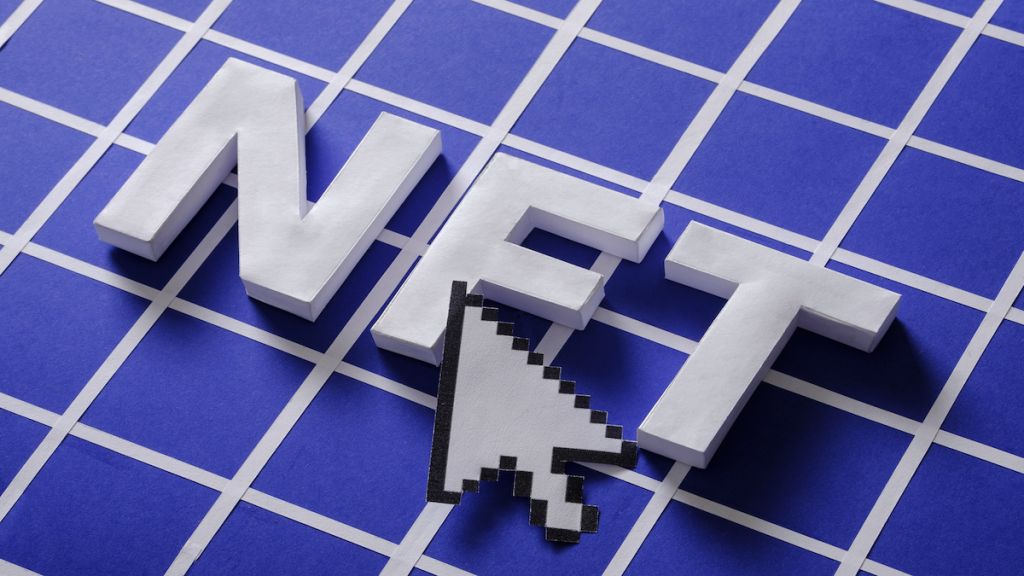The NFT market is showing signs of a revival, with open edition NFT projects growing in popularity.
Open edition drops are all the rage at present. Indeed, a wave of new NFT projects are adopting the open edition method to drive hype and sales.
For example, Checks VV NFTs by artist Jack Butcher sold over 16,000 identical editions last month for around $8 dollars each.
Then, the NFTs skyrocketed in value to around 2.45 ETH (around $4,085). Currently, the floor price of the project continues to rise as the hype shows no signs of stopping.
The open edition explained
Firstly, open edition NFTs place no cap on how many identical editions can be minted. Thus, instead of creating scarcity, you drive sales by lowering the barriers to entry.
In fact, most open edition NFTs are being sold for less than $10 during the current trend. Moreover, the value may increase depending on the gamified mechanics of the NFT. For instance, Checks VV NFTs shot up in value because the project created an engaging trading model. In this model, holders can burn a certain number of NFTs to qualify for rarer edition of the NFT.
At the time of writing, Checks VV NFTs has generated 17.4k ETH ($29.19m) in secondary sales.
Derivative projects emerge
Another interesting feature of the open edition drop is the world of derivative projects. Due to the nature of open edition mints, collectors can take a piece of artwork like Checks VV NFTs and create their own version of the art. For example, VincentVanDough’s Pepe meme version of Checks VV NFTs, which sold 238,000 editions at a price of $7 each. In total, Vincent Van Dough’s open edition drop yielded $1.6 million.
Signs of life
In a broad sense, open edition NFTs are inspiring a revival in the NFT market. Last month alone, the total NFT sales jumped to $946 million – a 38% increase from December. In addition, the volume of open edition NFT sales so far in February is suggesting that numbers will continue to rise.
Artist Jack Butcher, creator of Checks VV NFTs told Coindesk: “I think one thing that people underestimate about the lower-cost open edition, or just more accessible ways to get your art out there, is that it builds a distribution channel like nothing you’ve ever experienced before.”
“It maybe feels more in line with the ethos of Web3 that has maybe been in conflict with a lot of that behavior in the space for so long.”

